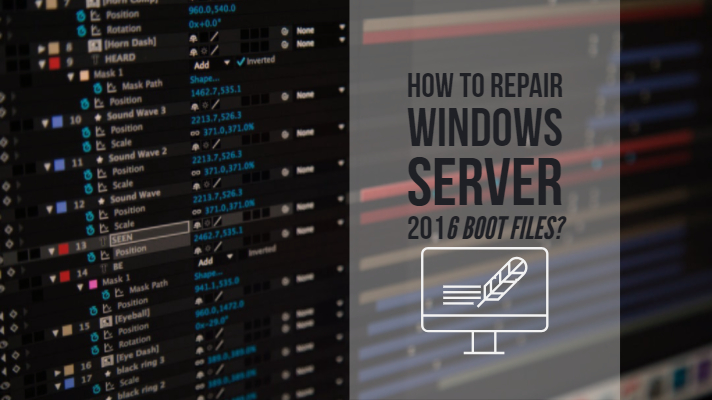
- #SERVER 2016 CREATE BOOT PARTITION INSTALL#
- #SERVER 2016 CREATE BOOT PARTITION MODS#
- #SERVER 2016 CREATE BOOT PARTITION PASSWORD#
SCConfigMgr (previously known as DeployEverything).Repeat offenders of any of the above rules will be banned.Ī few blogs that can help you get started if you're new to MDT or you need help on specific deployment issues: Be here to help others, not hurl insults across the room. We will never over-moderate, but just don't be a jackass. Mod-discretion on this one for heavily reported posts.
#SERVER 2016 CREATE BOOT PARTITION MODS#
If a post or comment is heavily off topic from MDT (ie politics), users can report it and mods will remove it.The community is focused on helping others with issues, not becoming a place to get karma for low-effort pictures. We will also post links to helpful blog posts or tweets. Here we will try to assist you with any issues or bugs you run into. Dedicated to assisting others in their adventure with Microsoft Deployment Toolkit (MDT). Split the sources\install.wim file to several.Obtain the Windows 2016 installation ISO and extract the files from it.swm files with DISM command line utility and it will make do. So we have to split the install.wim file into two. So you cannot put such a big file on FAT32 while you cannot use NTFS for the source partition. Unfortunatelly FAT32 file system can accomodate files of size up to 4 GB only. Windows 2016 installation contains INSTALL.WIM file in the sources folder which is more than 4.3 GB long. Some USB flash drives may have the option to flip the " removable bit" (also called RMB), but it is always kind of a hack for hours long fun during long winter nights.Īnd here comes the problem.

You cannot create more partitions on the USB flash drive, because it is advertised as a removable media into operating system and thus it prevents you from creating more than a single partition. The UEFI BIOS needs to be able to read the contents of the partition and kind of logically they understand FAT32 only.
#SERVER 2016 CREATE BOOT PARTITION PASSWORD#

Go into your BIOS (now called UEFI) and make sure you have: As it turns out, there some challenges though. I plan installing from a pen flash drive.

On my current platform it does not work even if I only leave the CSM ( compatibility support mode enabled) so what I need is a fully UEFI and Secure Boot enabled installation media which was not required on my previous trials with an older hardware and Windows 10.
#SERVER 2016 CREATE BOOT PARTITION INSTALL#
To have Secure Boot propagated the whole way up to a fully booted operating system, you have to clean install directly with all the UEFI support enabled (I have already covered some of it in a previous post about Secure Boot in Windows 10). You may want to install Windows Server 2016 directly on a fully UEFI enabled system in order to be able to enforce the Secure Boot and make use of features such as Device Guard (Credential Guard) or the Hyper-V isolation and TPM virtual smart cards.


 0 kommentar(er)
0 kommentar(er)
